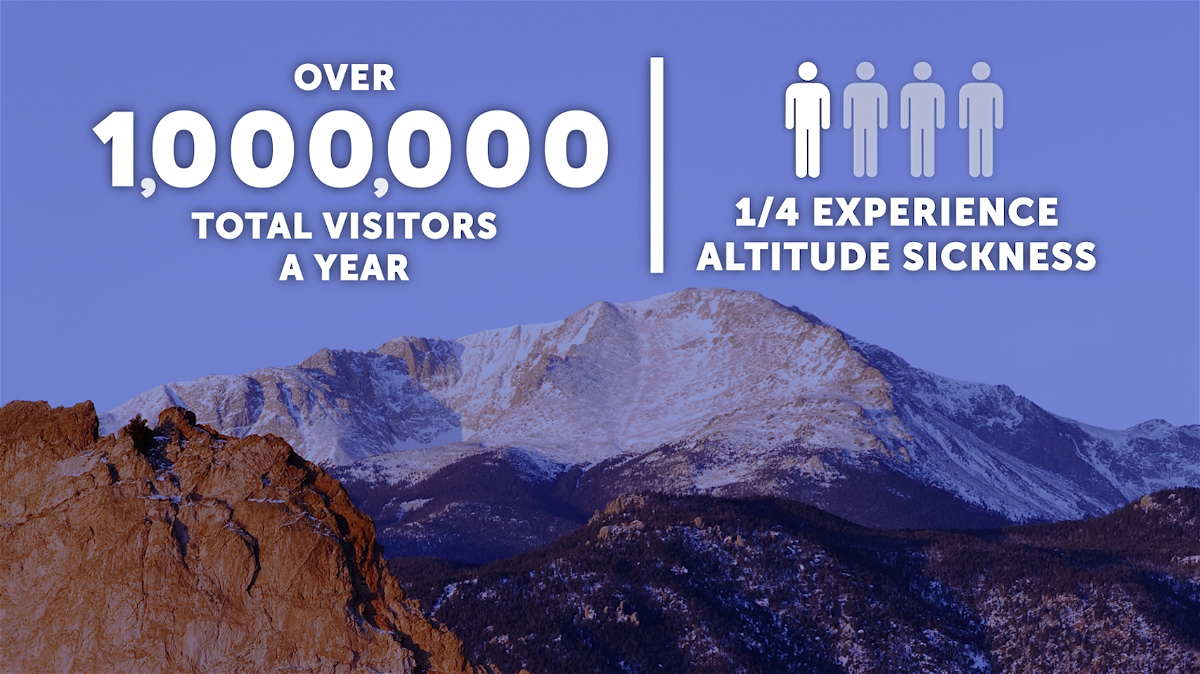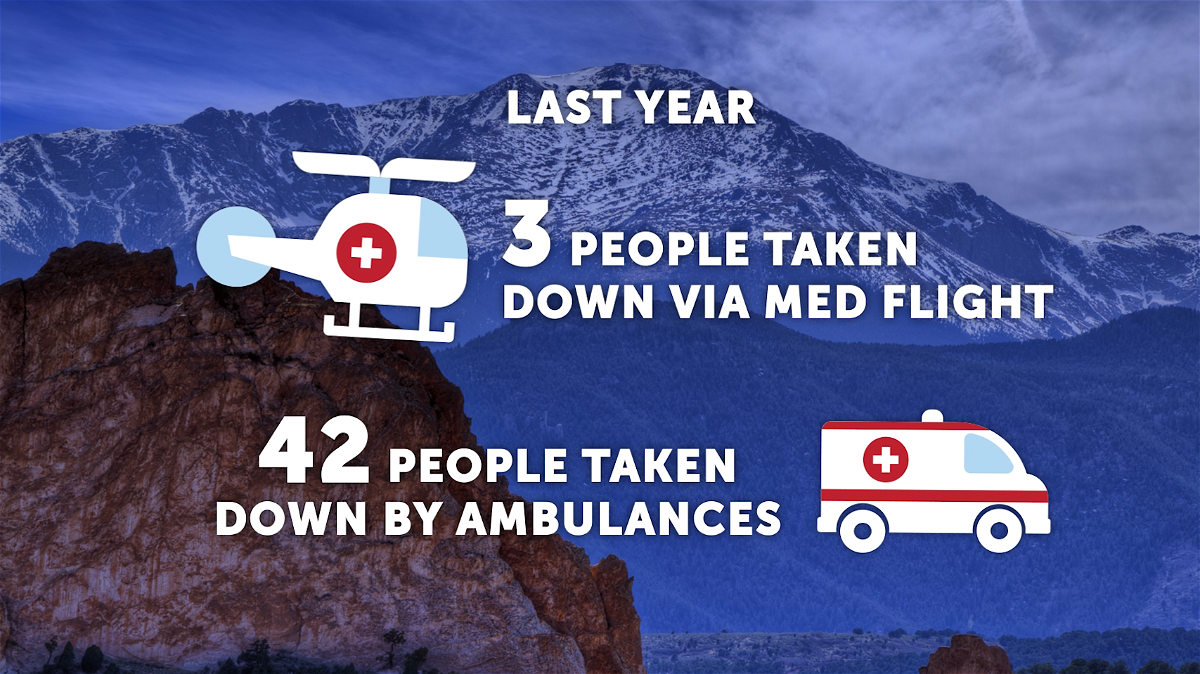Averted Altitude: New altitude sickness warning system coming to Pikes Peak
COLORADO SPRINGS, Colo. (KRDO) - Anyone who’s taken out-of-state friends or family up Pikes Peak knows just how fast the altitude can take a toll on someone.
Every year, dozens of people get altitude sickness requiring medical help while visiting America's Mountain. So in 2024, Pikes Peak is investing thousands of dollars into new weather technology with the hope of eventually creating the first of its kind, altitude sickness warning system.
“We see people underestimating Pikes Peak EVERY day,” Mountain Manager Skyler Rorabaugh told KRDO13.

Rorabaugh says, that out of more than a million visitors per year, around a quarter experience things like shortness of breath or fatigue due to altitude sickness – the result of low oxygen in your blood at higher elevations.
“My dad’s in the car kinda laying down because it hit him pretty hard,” Gabriela Chen, a visitor from Texas, said on a recent trip up the mountain. “(Feeling) a little bit woozy… kinda hurt my ego because I’m an athlete,” said Tim Pinko, visiting from Florida.
Sometimes, altitude sickness can be much more severe – usually for people with pre-existing health conditions like lung problems.
“Fluid collects and builds up in your lungs and can actually be fatal if not treated,” explains Dr. Matthew Angelidis, an emergency medicine expert at UCHealth who also works as the medical director for the Pikes Peak Hill Climb. “The same process can occur inside of your brain and the edema and swelling can result in altered mental status, seizures, coma, and death.”

According to Pikes Peak, 42 people were taken down the mountain in ambulances and three others were rushed to the hospital via medflight last year.
While Pikes Peak workers currently hand out brochures warning people about the risks – and list them on their website and receipts – these emergencies still happen, so they want to do more.
Some days are worse than others due to the weather (i.e. as low-pressure systems move in, oxygen is sucked out of the air and into the storm). So, they’re installing new technology with instruments to detect even the slightest changes in things like atmospheric pressure, wind, and temperature – then researchers will figure out what patterns occur before more oxygen is pulled out of the air and there’s an uptick in medical emergencies.
They want to use that information to verbally warn people at the entrance when it’s expected to be an especially bad altitude sickness day.
Why haven’t they done this already? Pikes Peak’s current weather technology is over a decade old and has been banged up quite a bit in the crazy summit conditions.
“At some point, it’s all failed... whether it’s been a tornado coming through, or it’s been a terrible wind storm,” Rorabaugh told us.
The new $40,000 technology is expected to be more durable and accurate.
“(The) ultimate goal is to keep everybody safe,” said Rorabaugh, who told us the new weather technology will be installed at the Pikes Peak summit as early as this spring.
